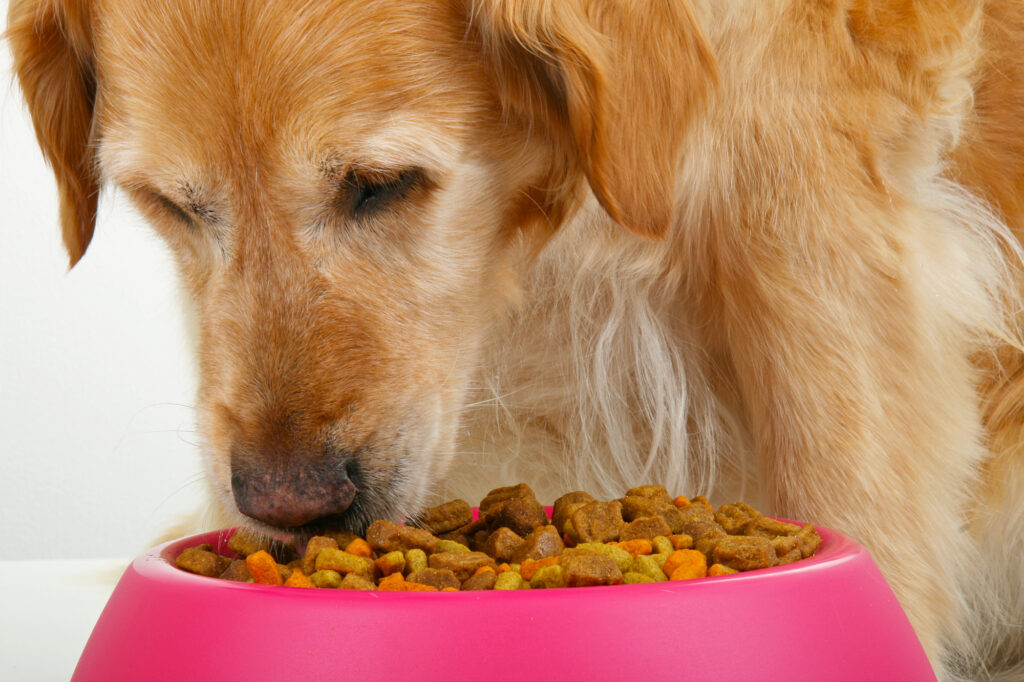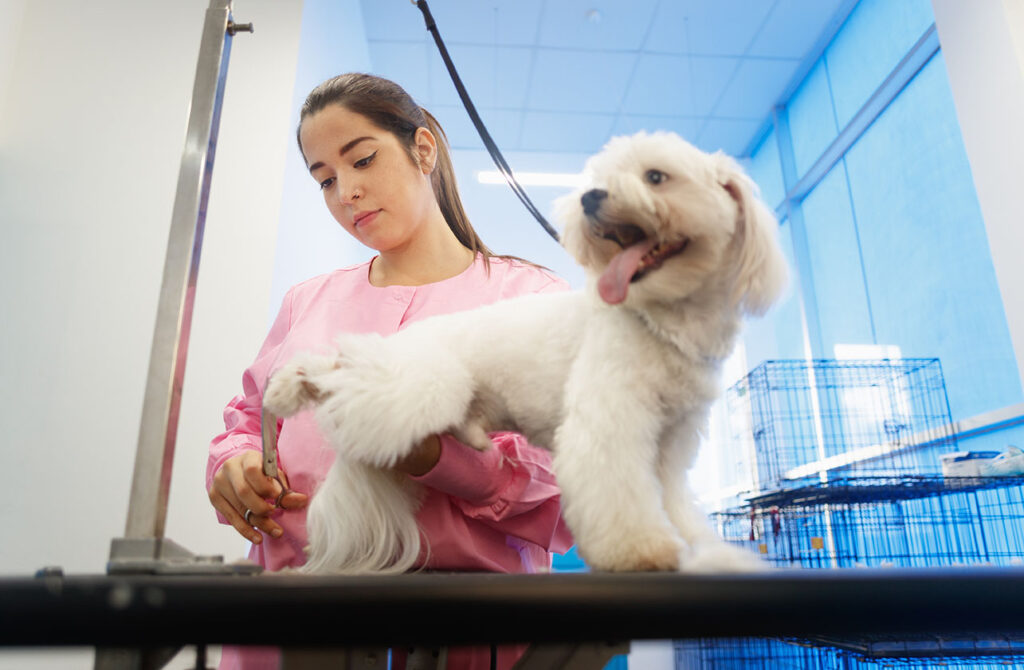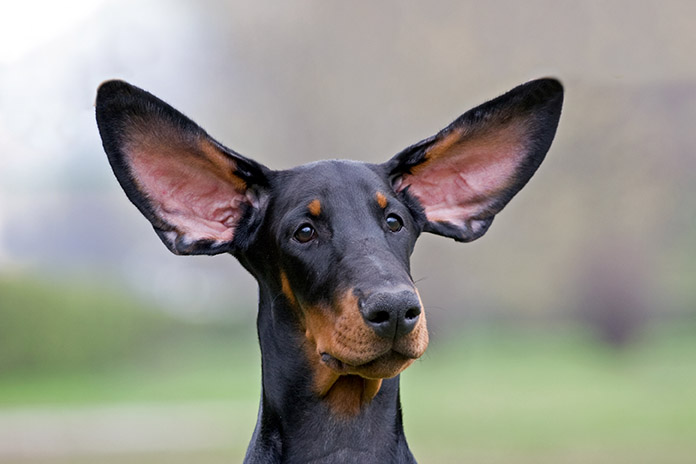Most dogs will eat whatever food they are given when they are hungry, but how do you know whether wet or dry dog food is best? Choosing food for your dog is generally down to personal preference, as both wet and dry dog food products offer plenty of variety and nutrition. It may also be the case that certain dog food products are more suitable for some dogs than others.
The benefits of wet dog food
The main benefit of wet dog food is that it has a high water content (around 60 – 84%) which can help to ensure that your dog is kept well hydrated – especially if it doesn’t drink as much water as it should. Wet dog food has a stronger taste and smell than dry dog food, so it may be a better choice if you have a dog that is a picky eater or is losing its sense of taste and smell. Wet dog food can also help your dog to eat more slowly and maintain a lower weight.
The benefits of dry dog food
Dry dog food, or kibble, has quite a low water content (around 3 – 12%) and doesn’t deteriorate when left out in your pet’s bowl for long periods of time – therefore leading to less waste. Kibble has a high calorific value that enables you to feed your dog comparatively less food and, due to less packaging, is more environmentally friendly. Kibble is a more cost-effective option, too, because you can buy it in large quantities and adjust portion sizes more easily.
When you are training your dog, dry dog food can make the perfect treat to reward good behavior. Using dry dog food as treats can prevent you from overfeeding your dog, as you can use the treats as part of your dog’s daily food intake. Dry pet food is also lightweight and easy to clean up, making it a great choice for trips out and holidays.
Can you combine the two?
Both wet and dry dog food offers your dog different benefits, and therefore shouldn’t generally be served at the same time. Mixing two different types of dog food also makes it more difficult to keep track of your dog’s daily food intake. It is worth noting that some dogs may be sensitive to certain ingredients, so mixing two different types of food could lead to stomach upsets. Overall, it is best to find a food that suits your dog and stick with it.
Age can matter
Older dogs may struggle to eat dry dog food, due to dental issues and difficulty in chewing, so it is important to consider this situation when choosing food for an aging pet. When it comes to feeding puppies, it is important to buy dog food that is suitable for the age of the dog. Puppies may also benefit from having dry dog food moistened up with a little warm water at first until they get used to the hard consistency.
Consider the content
There are so many dog food products available to buy these days that it is difficult to know which ones are best for your dog. You should always read the back of the dog food packaging carefully before buying to ensure that you are getting the purest ingredients and all the nutrients your dog requires. Dog food products are essentially made up of around 70% meat and 30% vegetables, along with permitted fats and oils. Avoid any dog foods that list high levels of artificial flavors, preservatives, or sweeteners.
Conclusion
There is no such thing as a perfect dog food product that suits all dogs, as every dog has different requirements and preferences. If you decide to move your dog over to a new dog food product, remember to change it over slowly in case any adverse reactions are experienced. Whether you decide to give your dog wet or dry dog food, remember that the most important thing is that your dog remains in good health and enjoys its food.



